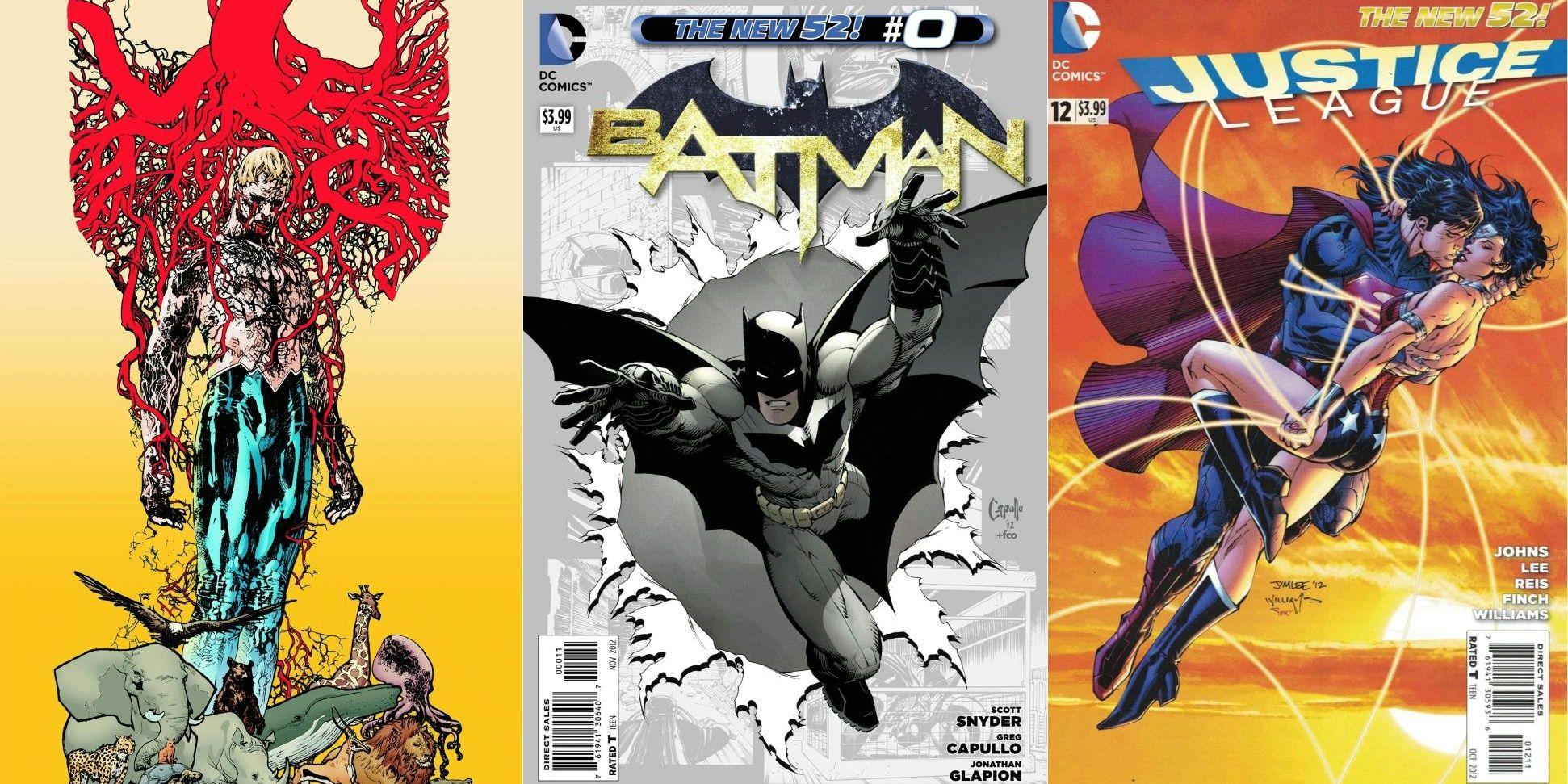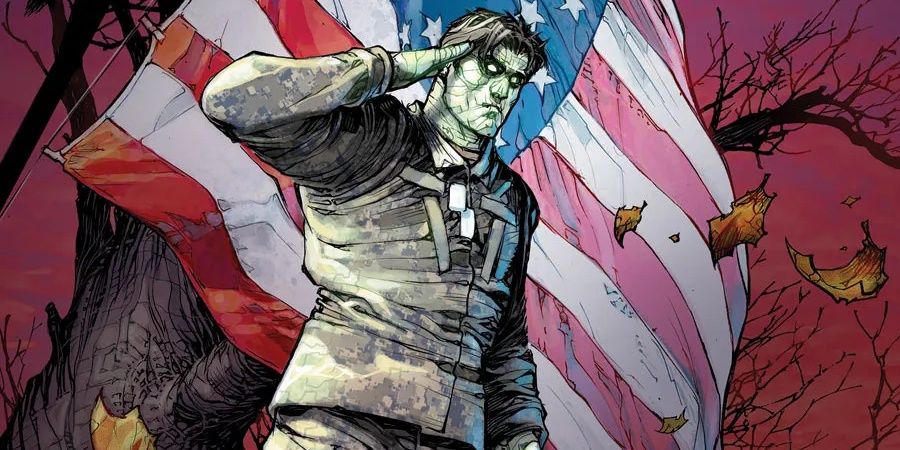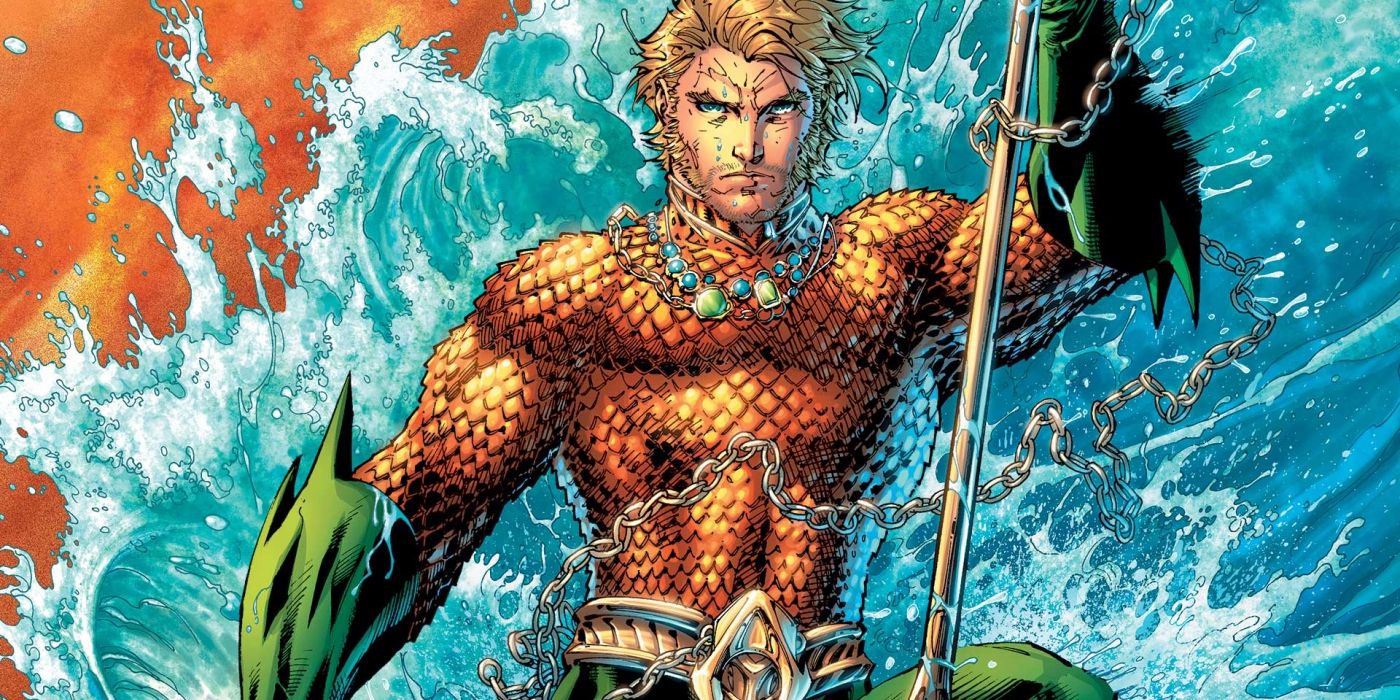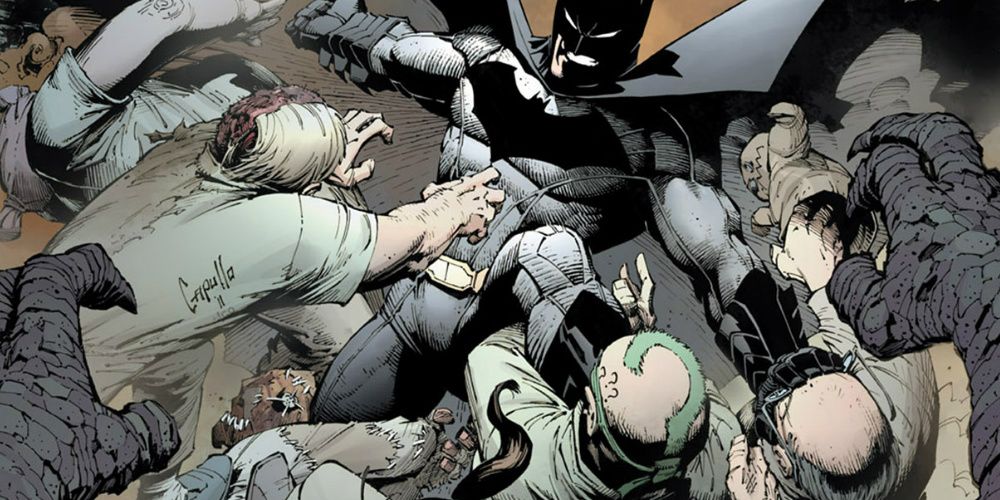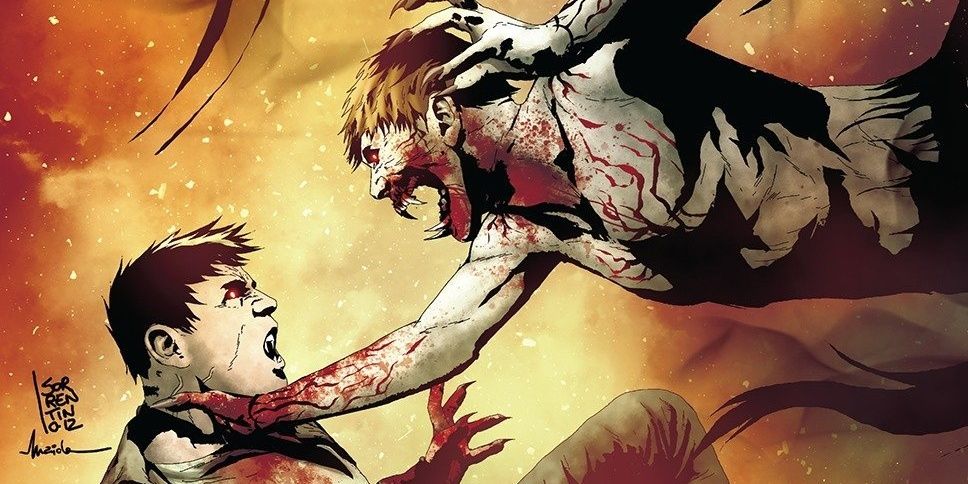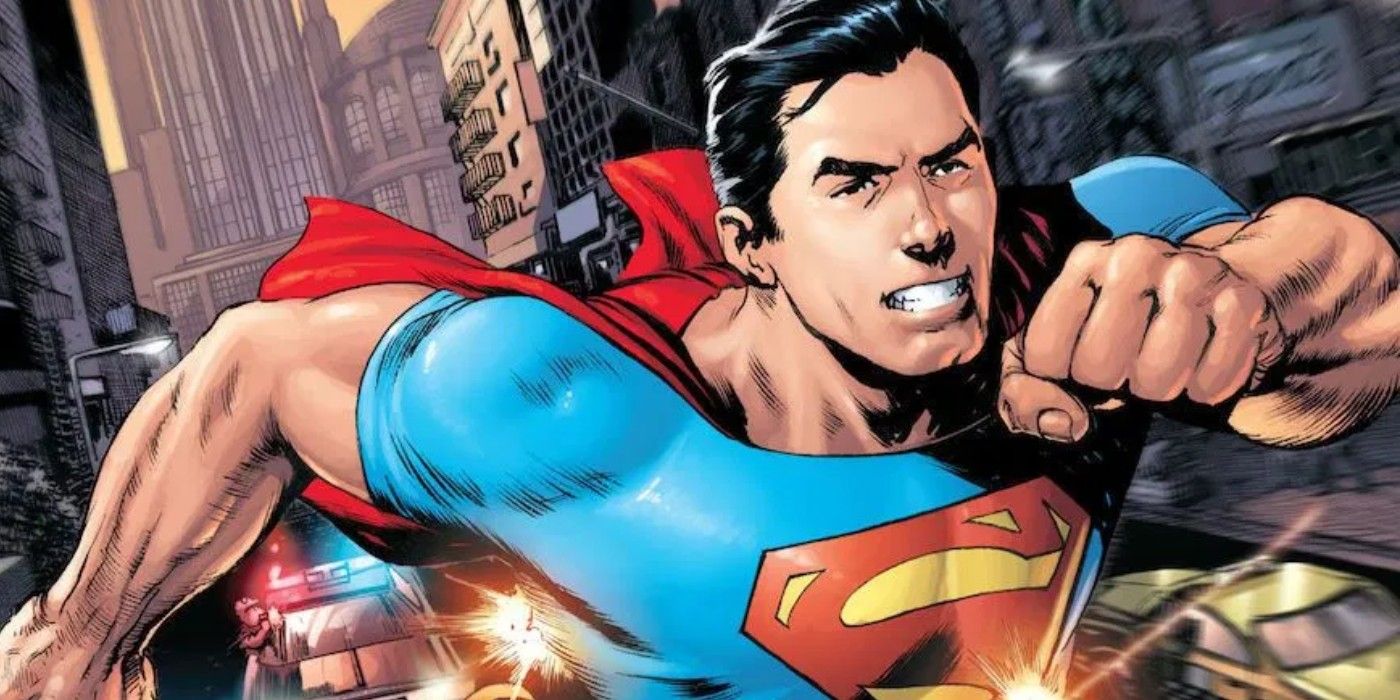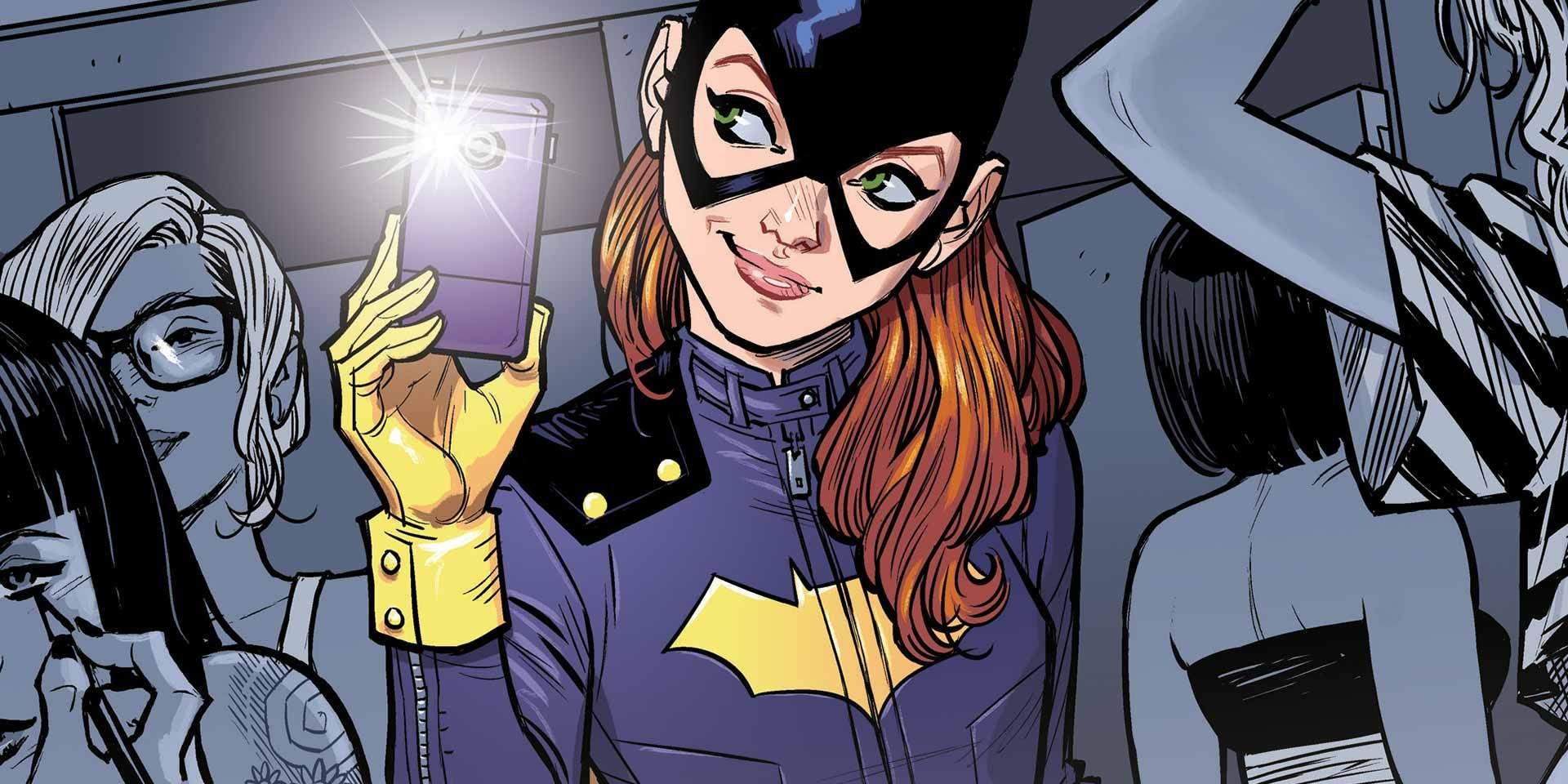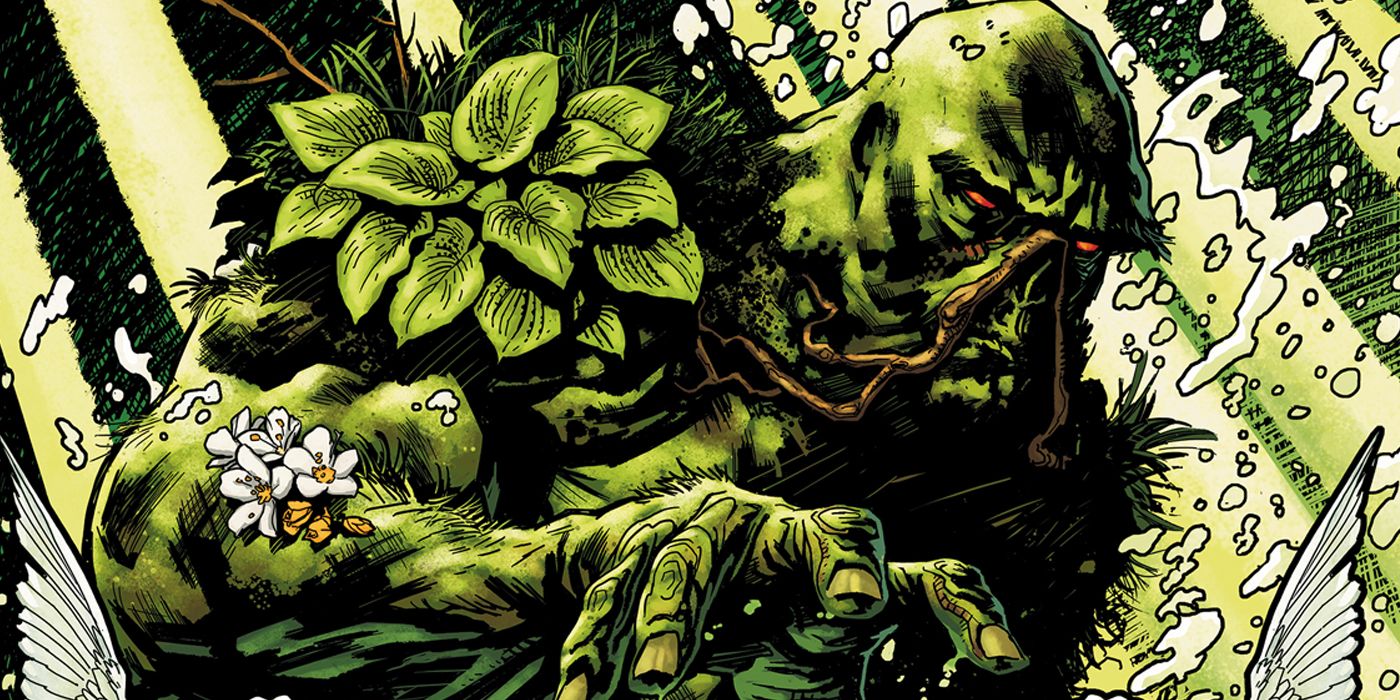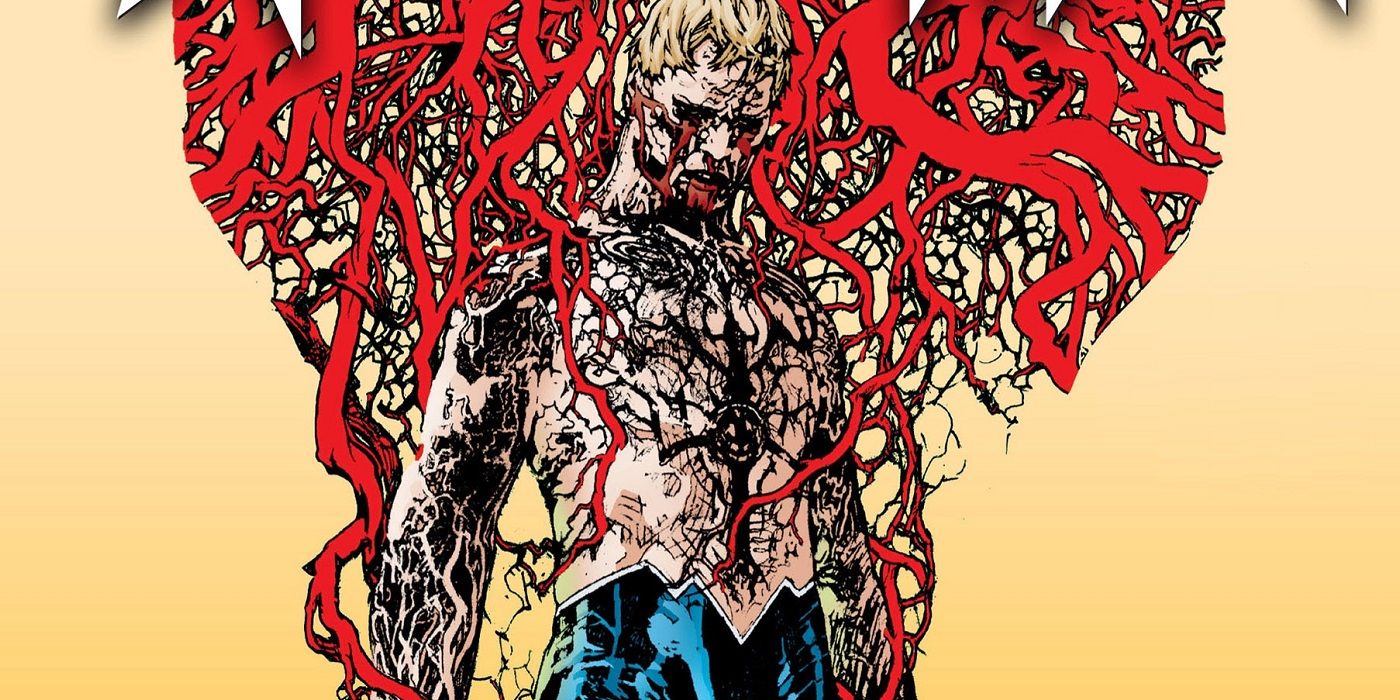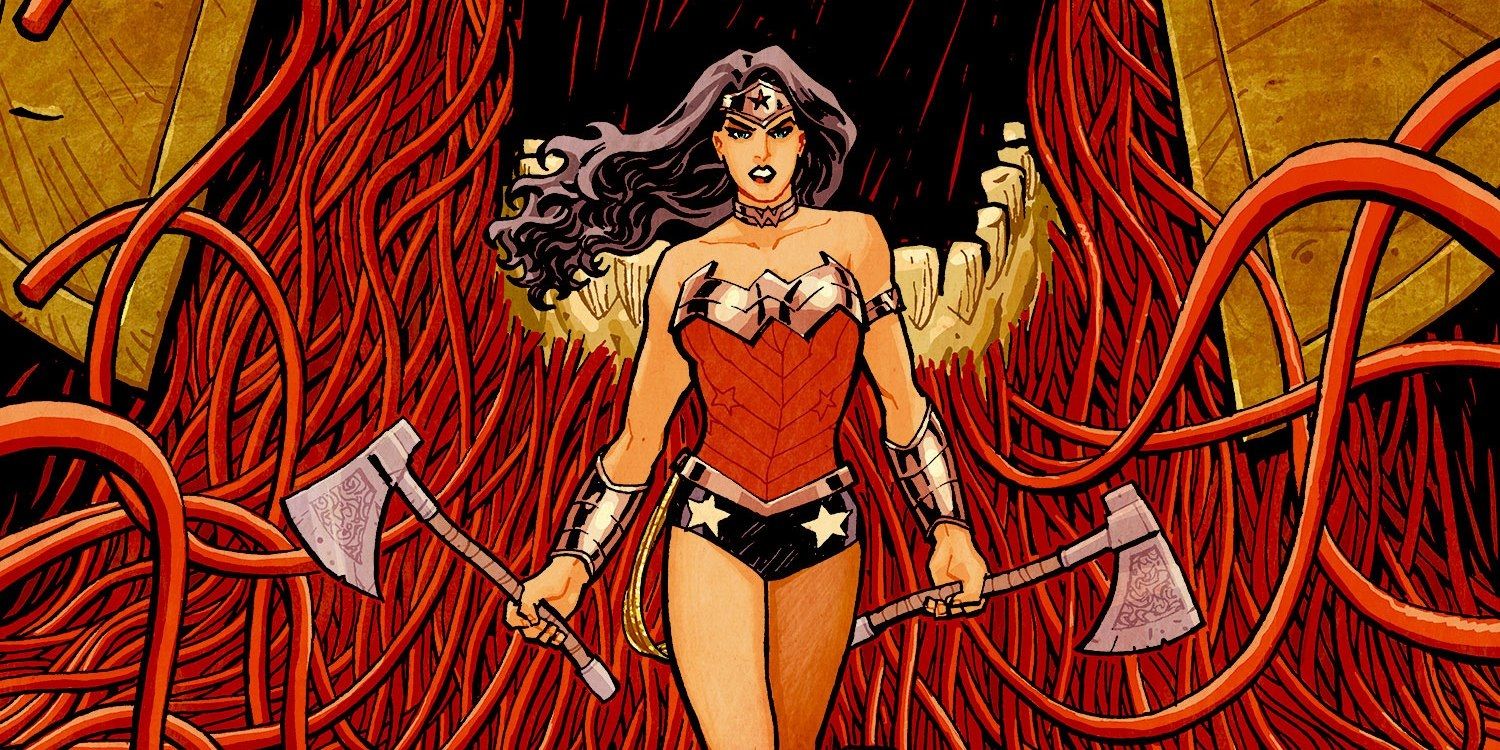In 2011, DC Comics rebooted its mythology in the aftermath of the reality-altering events of Flashpoint. As a result, they relaunched all their original titles with a new #1. This meant the histories of DC’s iconic characters were wiped clean, which offered creators the opportunity to implement radical changes. In some cases, these changes became fundamental parts of DC’s mythology, while others were dismissed by fans and eventually undone.
DC’s reboot, dubbed The New 52, was an initial sales success. However, it became plagued by problems behind the scenes. For example, several creators quit projects due to editorial conflicts, unique comics were abruptly canceled, and it was soon apparent the changes to the continuity weren’t substantially planned or coordinated. Despite these issues, the relaunch created room for aggressive experimentation, and some titles certainly lived up to that potential.
10 Star-Spangled War Stories Featuring GI Zombie Was As Good As It Sounds
One of the most exciting initiatives during the launch of the New 52 was to diversify DC’s line of comics. Co-writers Justin Gray and Jimmy Palmiotti earned a reputation for doing just that with their critically acclaimed run on Jonah Hex, which for all intents and purposes was a Clint Eastwood western in comic form.
Gray and Palmiotti’s follow-up project, Star Spangled War Stories Featuring GI Zombie – a collaboration with artist Scott Hampton –was a well-crafted horror/war comic. Sadly, most of DC’s attempts to produce content without capes and tights were short-lived, and War Stories ended after just eight issues.
9 The New 52 Made Aquaman Cool
Geoff Johns and Ivan Reis began the New 52 Aquaman comic by addressing the character’s perceived “uncoolness” head-on. During a two-year run on the title, Geoff Johns enriched Aquaman’s mythology with the Trench, who appeared in the 2018 film, the Others, who were Aquaman’s first superhero team, and the Throne of Atlantis crossover event.
Artist Paul Pelletier eventually joined the title and stuck around when Jeff Parker became the writer to wrap up several of Geoff John’s plot points. It’s likely future readers will look upon this decade as Aquaman’s Golden Age, as follow-up runs by writers like Kelly Sue DeConnick and Dan Abnett helped make Aquaman one of DC’s most consistent titles.
8 O.M.A.C. Modernized A Classic Jack Kirby Character
Jack Kirby’s O.M.A.C. was a kind of futuristic Captain America. Introduced in the 1970s, The New 52 finally gave Buddy Blank an ongoing comic for the modern age. Sadly, despite being co-written by DC’s co-publisher Dan Didio, O.M.A.C. became yet another comic that was canceled after 8 issues.
Co-written and illustrated by Keith Giffen, the series updated Kirby’s original story and exploited the concept to explore the nature of capitalism and the military-industrial complex. Giffen’s art is very much indebted to Kirby’s style and introduced a new generation of readers to the blocky figures, kinetic action, and economical use of the page that made Kirby one of the greats.
7 Batman Was The New 52’s Biggest Hit
The undisputed blockbuster hit of the New 52 era, Batman consistently remained the top-selling comic in America under the helm of writer Scott Snyder and artist Greg Capullo. Their run began with the epic Court of Owls storyline that introduced a disruptive new threat to Gotham City and has inspired countless stories since, including 2022’s film, The Batman.
The duo also provided a new origin story for Batman and even replaced him with former police commissioner James Gordon in a heavily mechanized bat-suit. Greg Capullo’s artwork was highly expressionistic and seeped in a horror aesthetic, and Snyder provided him with plenty of creepy villains and high-octane action.
6 I-Vampire Was A Violent Vampire Love Story For The Ages
The New 52 created the perfect opportunity to reboot I, Vampire, a cult hit from the early ’80s. Writer Joshua Hale Fialkov became a star talent due to his comic about the vampire Andrew Stanton and his tumultuous romance/rivalry with Mary, Queen of Blood. Although the story was full of twists, turns, and memorable supporting casts, the selling point of this series was undoubtedly its art.
Andrea Sorrentino, who went on to have successful runs on Green Arrow and Old Man Logan, established his unique art style in these comics. Sorrentino’s art was both minimalist and cinematic, full of black spaces and innovative use of color. Although it lasted a lot longer than many New 52 titles, the series was canceled after issue 19, forcing the plot to wrap up at a frantic pace. Meanwhile, Sorrentino was abruptly moved to another book while writing issue 14.
5 Action Comics Made Superman Classic And Fresh At The Same Time
Writer Grant Morrison made their mark in American comics by rebelling against comic reboots during a legendary run on Animal Man. Now assigned the task of “rebooting” Superman, they instead chose to compress all the incarnations of Superman that DC had published since 1938 into a single lifetime.
Morrison’s 18-issue tenure on Action Comics, alongside artists like Rags Morales and Andy Kubert, chronicled the early years of Superman’s life, where, like in his original depression-era incarnation, the character was an aggressive social crusader. Over the course of the series, Morrison chronicled the young Superman’s maturation as his power levels increased, which eventually made him resemble the world’s most iconic superhero once more. Morrison’s run was both a bold new vision and a love letter to the character.
4 The New 52 Brought The Original Batgirl Back In Style
Barbara Gordon had been in a wheelchair since the controversial events of 1986’s Batman: The Killing Joke. However, with The New 52, superstar creators Gail Simone and Ed Benes had Barbara recover from her injury and resume her identity as Batgirl. This initial run was a great exploration of overcoming past trauma, both physical and psychological. Sadly, an editorial conflict cut Simone’s Batgirl run short.
On the plus side, the creative team of Babs Tarr, Brendan Fletcher, and Cameron Stewart took over the title with issue 35. Batgirl received a new retro-DIY costume and moved to Burnside: a trendy, gentrified neighborhood. The series was injected with humor and a lot of millennial drama. These indie-comic sensibilities were so popular they inspired DC’s next soft relaunch, DC YOU.
3 Swamp Thing Honored The Title’s Notable Legacy
In the mid-’80s, Swamp Thing’s editor and co-creator, Len Wein, invited British writer Alan Moore to cross over to American comics. Moore “deconstructed” the character and retconned his backstory in a move that changed the landscape of superhero comics. With The New 52, writer Scott Snyder and artist Yannick Paquette dared to invite comparison with that monumental run.
In Swamp Thing, Snyder and Paquette synthesized various elements of the character’s mythology and introduced a horrific new threat, The Rot. The latter third of the run loses some steam; however, it contains an epic crossover with Animal Man that redefined Swamp Thing’s place in the DC Universe.
2 Animal Man Was A Family Drama Within A Superhero Horror Story
While Swamp Thing dealt with the Green, the shared intelligence that binds all plant life, Animal Man dealt with the Red, which was essentially the same thing but for animals. Writer Jeff Lemire, alongside artists Travel Foreman and Steve Pugh, tapped into Animal Man’s horror roots during a critically acclaimed 30-issue stint on the title.
What made Animal Man special was the fact it was a comic about a superhero with a family. All the fantastical elements and superhero threats were in service of a story about those relationships. Buddy Bakers’ wife and children were depicted with remarkable authenticity, and readers easily fell in love with these characters. Like any good horror story, nothing is more frightening than watching the suffering of beloved characters.
1 Wonder Woman Was The Perfect Modern-Day Greek Epic
Over the course of three years, Brian Azzarello and Cliff Chiang crafted an intricate run on Wonder Woman, which turned the title into a Greek epic set in the modern day. Although the decision to change Wonder Woman’s origins was controversial, it has since become an identifiable part of the character, subverting the “virgin birth/original sin” mythos. More importantly, it gave the character a new family in the Greek Pantheon.
Taking a few cues from Percy Jackson, Azzarello and Chiang incorporated the Greek Gods into the modern world in interesting ways. Not only did the squabbles of this large, powerful family make for epic drama, but they were also in service of Wonder Woman’s journey into becoming the classic superhero readers know and love.
